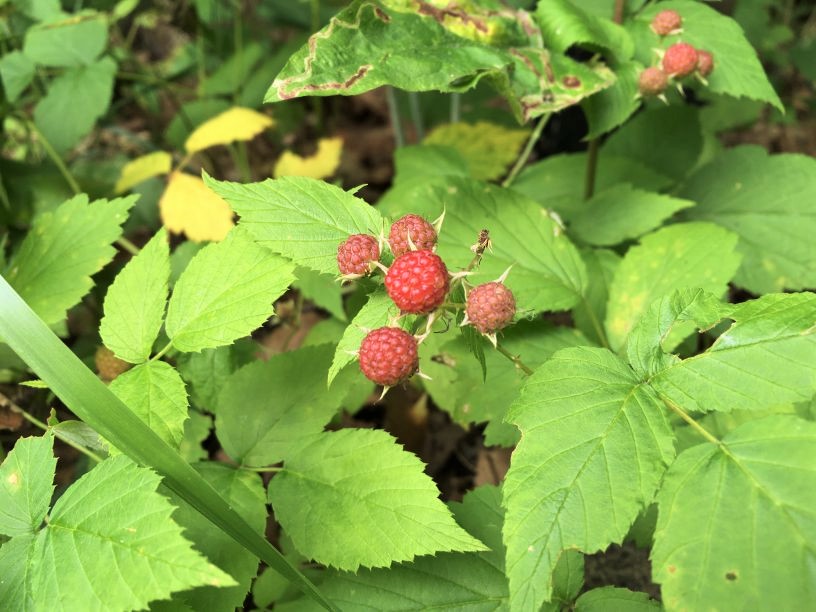More Natural Edibles
Though often overlooked, our homes offer more natural edibles than you could shake a delicious stick at. Some of these “natural” wonders are not necessarily natural to our particular area; but, now that they have rooted over the years, they are here to stay. In this write up I’m going to show you a few summertime treats that might be growing right under your nose. Just make smart choices and do your research before eating everything you see that looks pretty.
Strawberries:
Now we all know the strawberries that we get at the supermarket. Sweet and succulent, and about as big as billiard ball! The strawberry belongs to the same family as the rose. They are extremely popular in North America and for good reason. They have been enjoyed used in their original form since antiquity. Did you know that the berry itself is very high in water soluble fibre? This aids greatly with digestive issues as well as lowering LDL cholesterol (the bad kind of cholesterol). They are also high in vitamins and minerals, such as vitamin C and potassium. Eat the fruits (what’s left of them by now) and turn the leaves into tea!
Sumacs:
Sumacs are a deciduous tree or shrub growing from 1 to 6 meters in height. As a natural edible they offer more than meets the eye, but proceed with caution. Sumacs are related to poison ivy. If you have a particularly high sensitivity, you’ll be in for more than you bargained. You have likely driven past Sumacs without even noticing them. The tasty side of this edible is their fruit. The fuzzy berries growing during the late summer months can be eaten raw (though not recommended because of the fuzz), or crushed and strained, then enjoyed as a refreshing drink. Natural lemonade! The roots have been used by settlers to treat a variety of ailments. From sore throats, to ulcers and open wounds, the anti-inflammatory properties of the root can do wonders.
Raspberries:
I use raspberries as the base for this next natural edible but there are many different varieties including blackberries, thimble berries, etc. Each raspberry fruit is made up of about 100 “druplets”, each one more delicious than the last. Of course just like strawberries the fruits of this plant are wonderful. And just like strawberries the plant is host to a number of medicinal properties too. Once you get past the thorns, using the leaves to make tea is a great way to recover after childbirth (or any other trauma). The leaves are very high in tannins which are natural antioxidants that help to fight inflammation in your body. This can also help with digestive irritation, gum disease, anemia, and fever. The best part is that they are really easy to grow.
Mint:
Fresh, natural, common, and again easy to grow. Usually you just need to plant a few in the right spot, and by next year you’ll have double the crop. It comes in many different varieties all of which offer great benefits. Known mostly for their aroma, mint leaves make a fantastic tea. They make wonderful digestive aids. Ever heard of the after dinner mint? Along with facilitating digestive activity (belching, relief of spasms) the leaves are also used to treat colds. You’ll often notice sore throat lozenges with menthol. Menthol is the active ingredient in all varieties of mint. It soothes and opens up your airways. Just consume in moderation. Excessive ingestion can lead to heartburn, and much worse.




